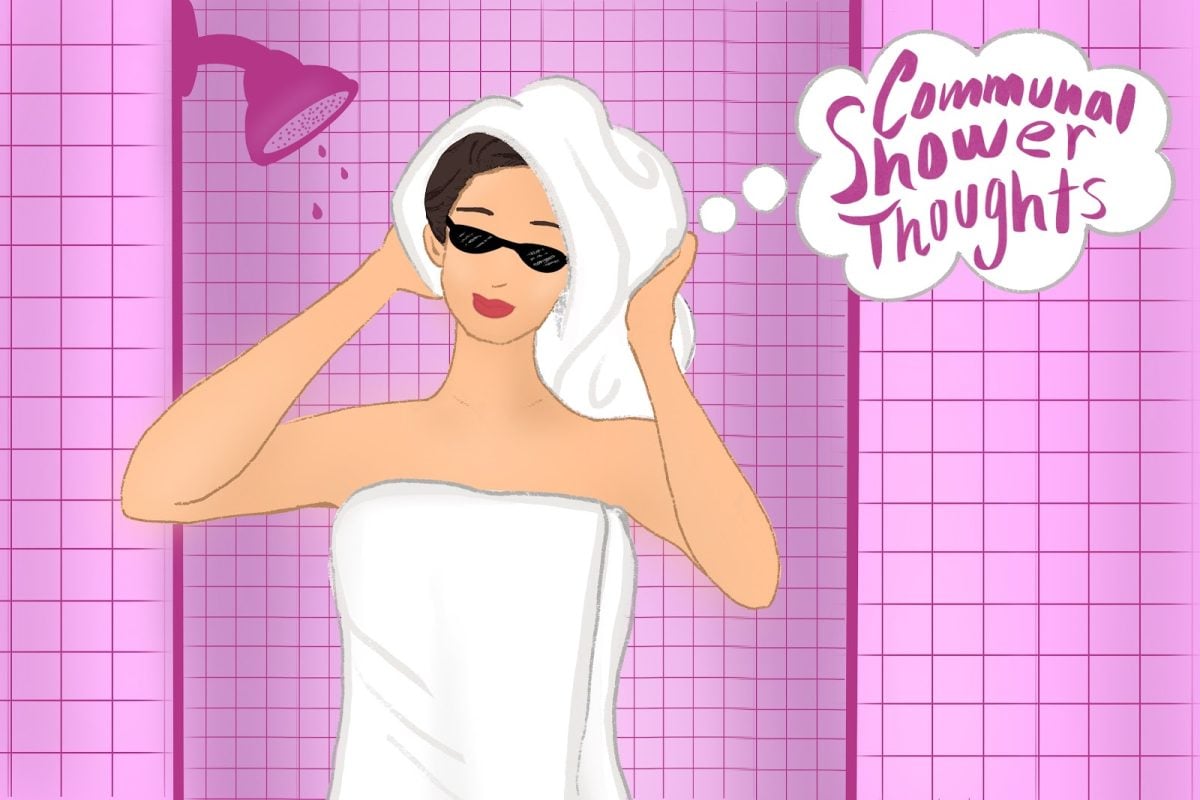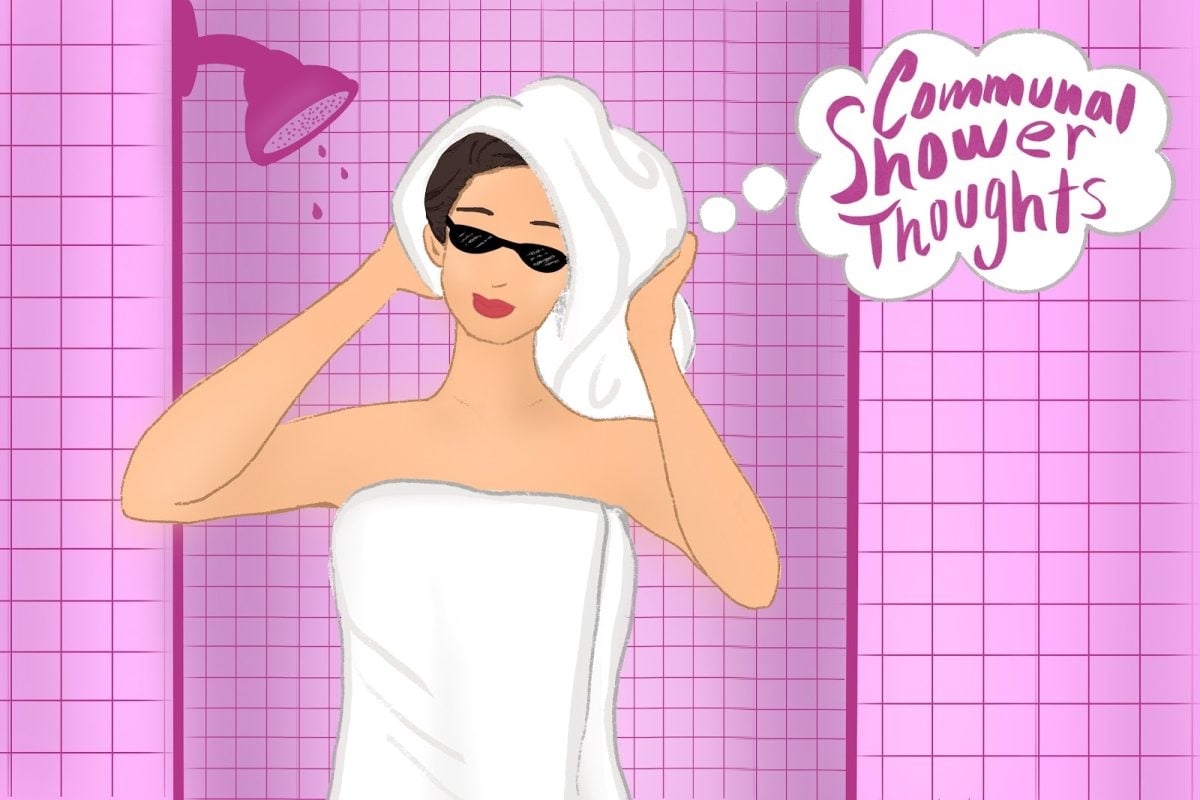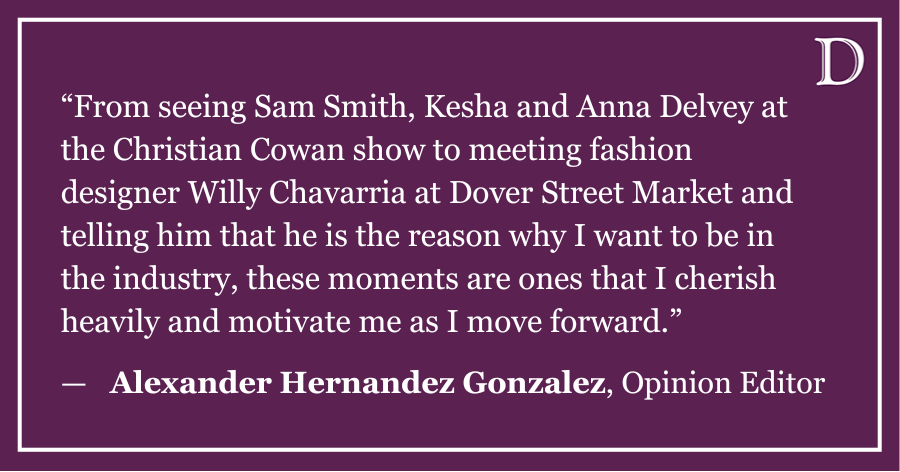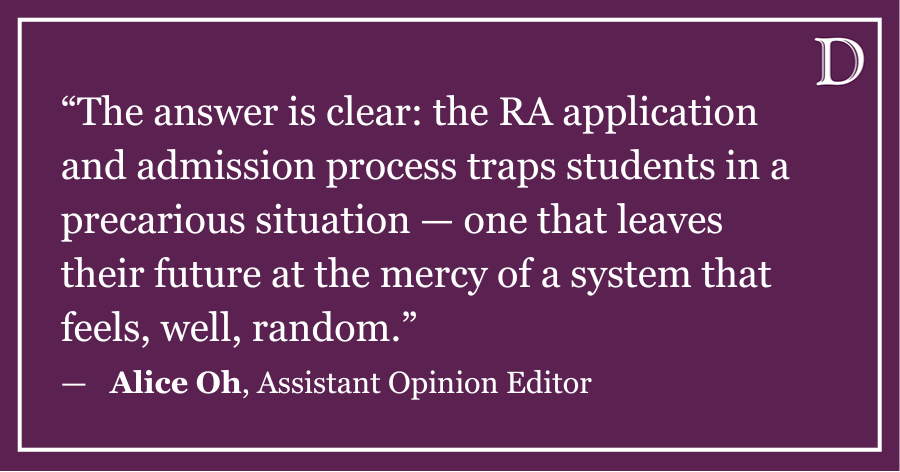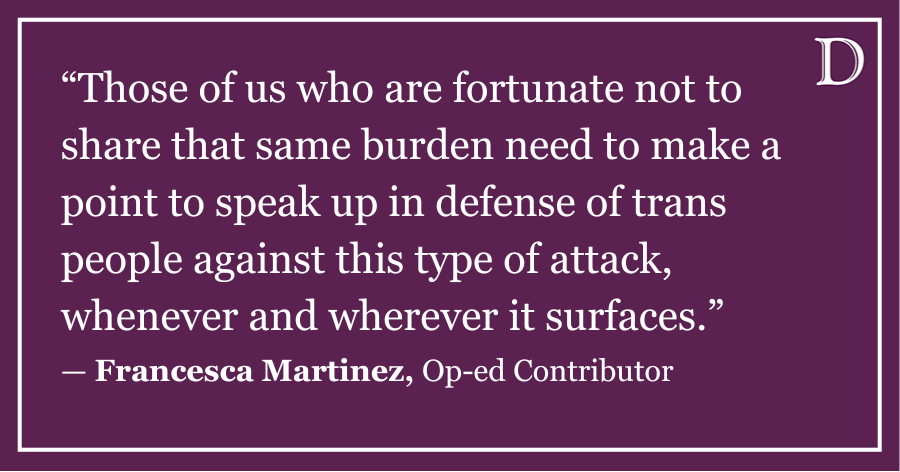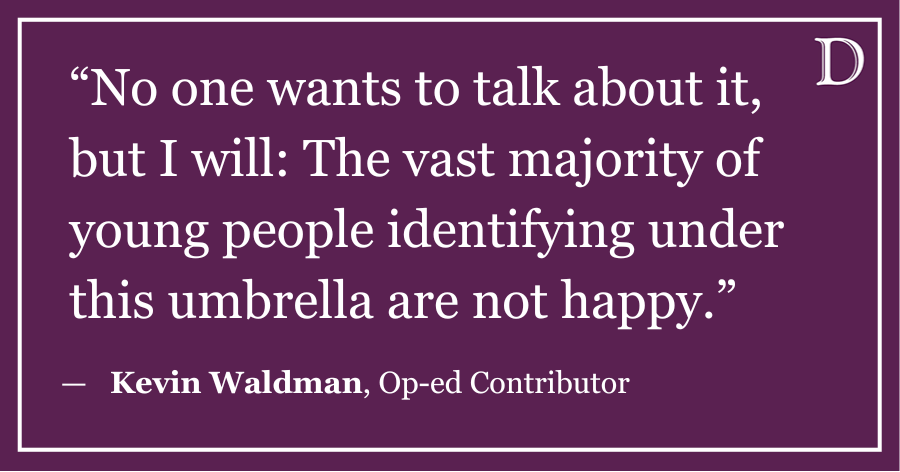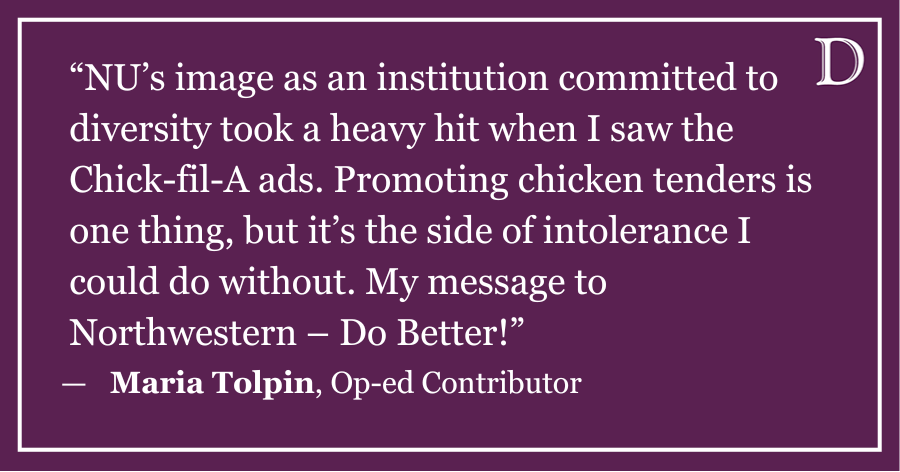It is obvious that culture has become extremely dependent on technology. However, it may not be so apparent that advertisements, particularly for fashion, have come to rely on technology such as Photoshop to engineer society’s definition of a perfect model — especially when the models are already stunning to begin with. Though this is not strictly a women’s issue, it is an issue that is more prominent in the lives of women than in the lives of men. As a result, women, generally young ones, who see the images of altered models tend to develop negative feelings about their own bodies.
It is refreshing to see a new, more positive trend arising: rejection of unattainable standards of beauty. Companies such as Dove and Aerie have started campaigns to focus on women’s “real beauty.” Dove features models of differing body types and skin colors, inspiring confidence in all of them. Aerie has taken a stance against airbrushing models, asserting that the way women really look is beautiful. All companies should embrace these realistic expectations of women’s bodies because this trend is beneficial to women around the world and to the companies themselves.
Unfortunately, many women still develop eating disorders, and the media’s interpretation of beauty causes this problem. Up to 24 million people suffer from an eating disorder in the United States, and approximately 95 percent of them are between the ages of 12 and 25. It is especially beneficial for ads to promote a healthy image of beauty, and by doing so, these devastatingly high numbers will surely decrease.
If women are shown that even seemingly flawless celebrities that they admire need to be retouched in order to look good enough for a magazine cover or advertisement, then viewers will think that there is no way that they could look beautiful. However, if women see an advertisement of a model who looks like them in terms of weight and body type, then she will believe that she is just as beautiful. This shift in the thought process of female consumers will inevitably raise their self-esteem and alleviate some of the stress to look a certain way. This will lead to happier and healthier female consumers.
Though campaigns for real beauty can be beneficial for female consumers, companies fail to see that these efforts will be just as advantageous for them as the unreasonable efforts they currently promote. The average American woman is 5-foot-4 and weighs 140 pounds. By comparison, the average American model is 5-foot-11 and weighs 117 pounds. The fashion and advertising industries feed off of women’s unrealistic expectations of their bodies to make a profit. In turn, these expectations are perpetuated. If these industries focused on campaigns that promoted the beauty of all body types, they would be able to break the unreasonable hopes that women have for their bodies, and these industries would be able to profit as well. Promoting healthy body images for women will not stop a company from making money.
Not only can real beauty campaigns positively affect American women’s perceptions of their own bodies and lead them to be healthier and happier, but they can also be valuable to companies in terms of effective marketing. With no outstanding drawbacks to this new movement, American society appears senseless to have not fully embraced it.
Katy Vines is a Weinberg freshman. She can be reached at kaitlynvines2017@u.northwestern.edu. If you would like to respond publicly to this column, send a Letter to the Editor to opinion@dailynorthwestern.com.


